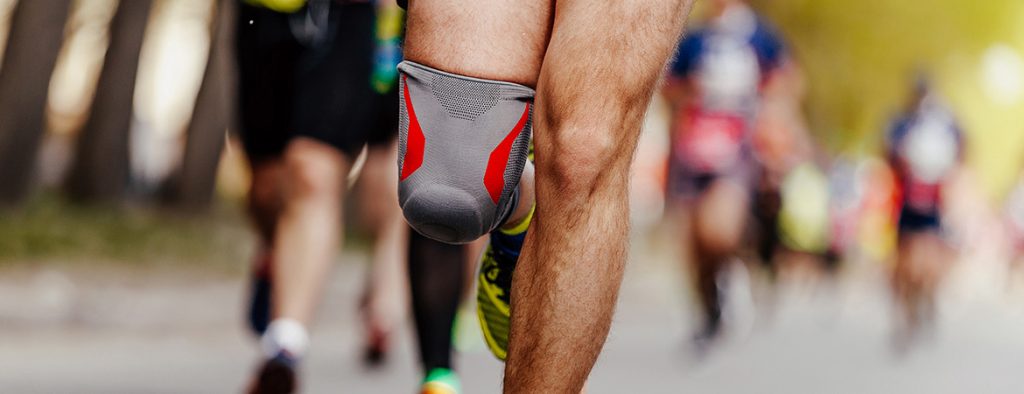
Patellofemoral Pain Syndrome or Runner’s Knee
Runner’s knee affects many Australians, because we’re a pretty active bunch. This article helps you identify the symptoms of runner’s knee, understand what causes it, and explore some options for treatment.
What is runner’s knee?
Runners knee, technically known as ‘patellofemoral pain syndrome’ is a pain in the front of your knee when running, exercising, or even following exercise. The patella is the part where your knee connects to the lower end of the thighbone (the femur), and many runners often experience pain here despite having no other major knee injury.
The pain is usually defined as dull, but the area can also be sensitive to the touch.
Causes of runner’s knee
Your leg is one big organism that works together, so a number of other issues can be an underlying cause of patellofemoral pain syndrome. Physical issues that can cause runner’s knee include:
• Weak thigh muscles
• Tightness in the hamstrings
• Tight Achilles tendons
• Your kneecap is too high in the knee joint
You can do something about most of these issues, by strengthening your other leg muscles and increasing flexibility. But there are also some other things that can contribute to the injury, including:
• Poor arch support in your shoes
• Feet rolling in while walking or running
• Impact injuries to the knee
• Overuse, such as too much running
By making some changes to the way you exercise, and exploring options to correct potentially damaging foot movements, you can help to prevent the injury from recurring. Proper arch support in your shoes can help stop your feet rolling inward, therefore your kneecap won’t be pulled outward which leads to pain.
Runner’s knee symptoms
The obvious symptom is that you experience knee pain while running, however, there are other symptoms that can help diagnose runner’s knee.
• Knee pain when squatting (or even sitting with your knees bent for a long time)
• A rubbing or grinding sound when bending the knee
• The kneecap is sore to touch
Fortunately, there are plenty of treatment options and exercises for knee pain available.
Treatment for runner’s knee
When treating runner’s knee, it’s a good idea to consult your physiotherapist first. This is because several things can help determine the best method of recovery. However, some common treatments include:
• Knee pain exercises (stretching and strengthening)
• Ice packs
• Keeping the leg elevated
• Arch support for your running shoes
• Compression wraps
• Anti-inflammatories like Ibuprofen
Most of all, you’ll want to avoid running until you can do so without pain.
How to prevent runner’s knee
There are a number of things you can do to prevent runner’s knee, but the main thing is to not put extra stress on the knee. Here are some tips for avoiding re-injury:
• Wear supportive footwear
• Always stretch before exercise
• Focus on bending your knees while running
• If required, losing weight can reduce stress on the knee joint
If you have concerns about your recovery from patellofemoral pain syndrome, the friendly team at Burleigh Central Physiotherapy is here to help. Contact us today and make an appointment for expert advice on runner’s knee recovery and prevention.

